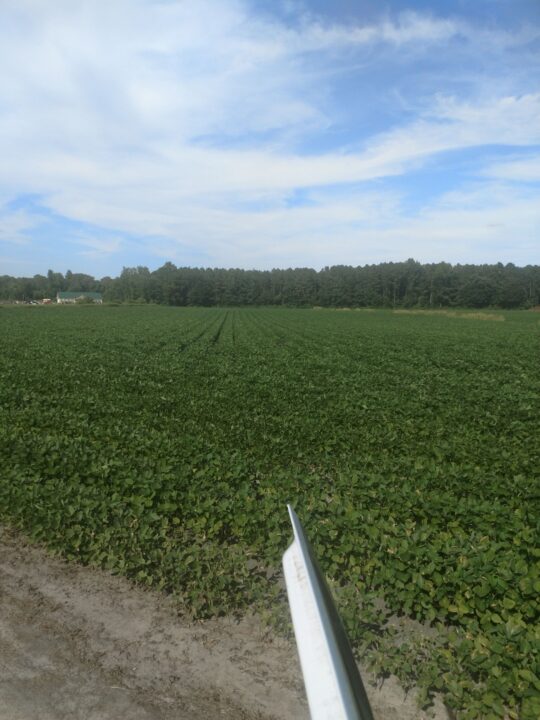Keep Resistant Weeds At Bay While Not Breaking The Bank
Rather than focusing all of a pre-emergent spray program in the winter to attack winter-emerging weeds, University of California Cooperative Extension weed specialist Brad Hanson suggests that growers may want to hold back and save some herbicide for the summer.
“If you’ve got resistant summer grasses, consider not using all of your pre-emergent herbicide in the winter,” he says. “Save some or all of the preemergence grass herbicide part of the program until your late winter or early spring cleanup applications.”
If emerging resistant weeds are a summer problem in orchards, Hanson says diversifying herbicides is key. Switching up and combining herbicides with different modes of action — the tissue-level or cellular-level site target of the herbicide — is an important part of eliminating resistant weeds. He said tank mixing those herbicides can give a broad spectrum of protection against traditional winter weeds such as horseweed, fleabane and ryegrass, but also emerging resistant weeds, such as junglerice, coming on in the summer months.
“Instead of needing a winter pre-emergent to last six or seven months, maybe now you just need it to last for a few,” Hanson says. “We’re not necessarily increasing the total herbicide load on the environment or the cost to the grower. We’re just using available technologies and more appropriate times of the year to better manage the mix of weeds that emerge in different seasons.”
Hanson says growers should keep careful records of weed history, as well as the types of herbicides used to ensure one herbicide isn’t relied upon too heavily.
“Lately, the discussion has revolved around using existing weed management tools in a different way, hopefully without increasing herbicide load and cost, to address this new reality,” Hanson says.
Those with drip irrigation systems should try to time applications before rain in early March, Hanson says.










